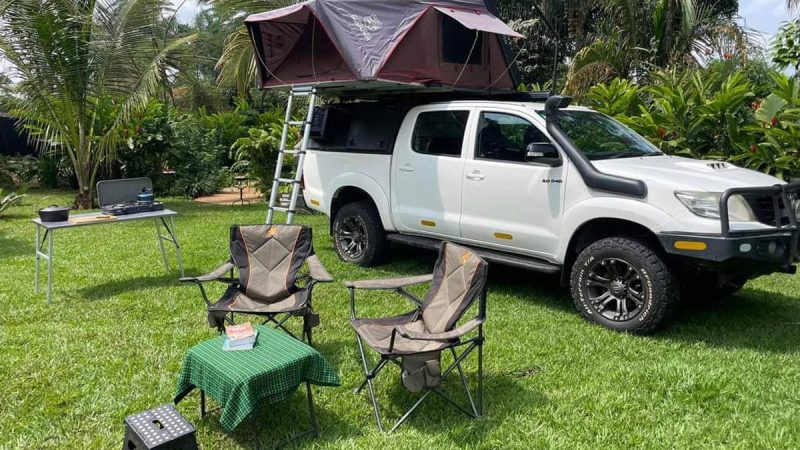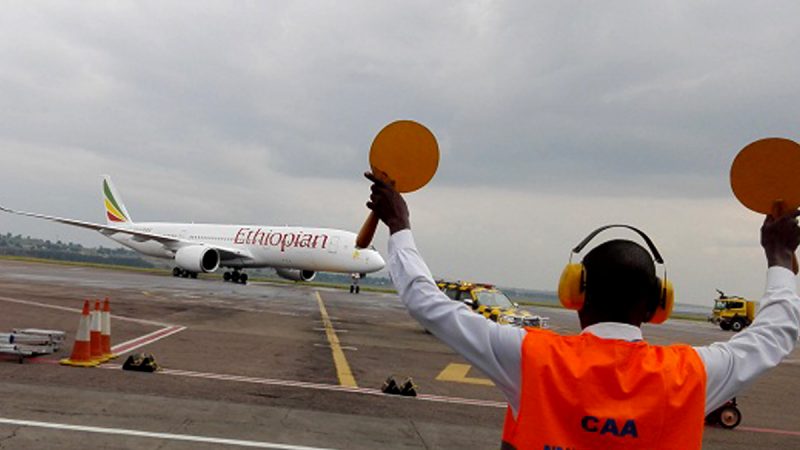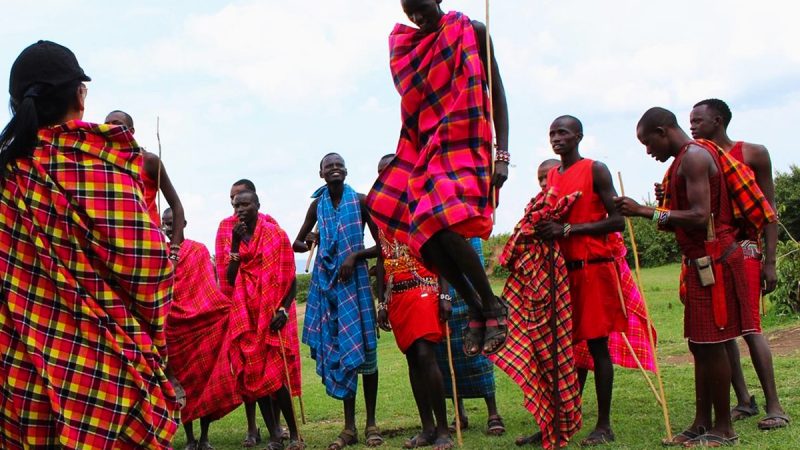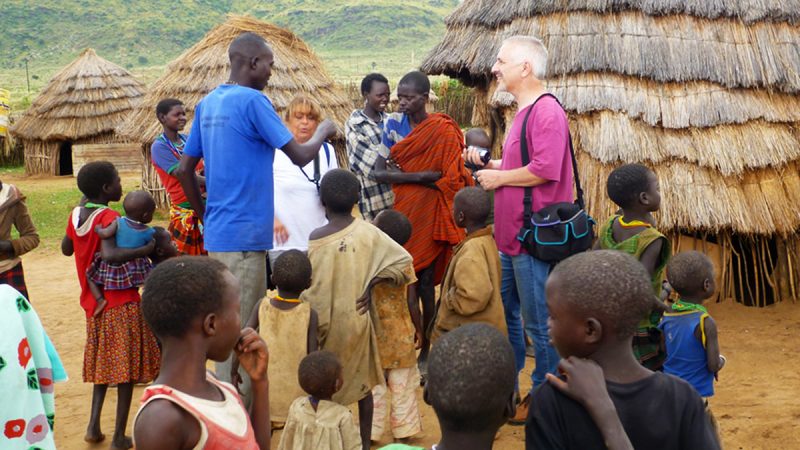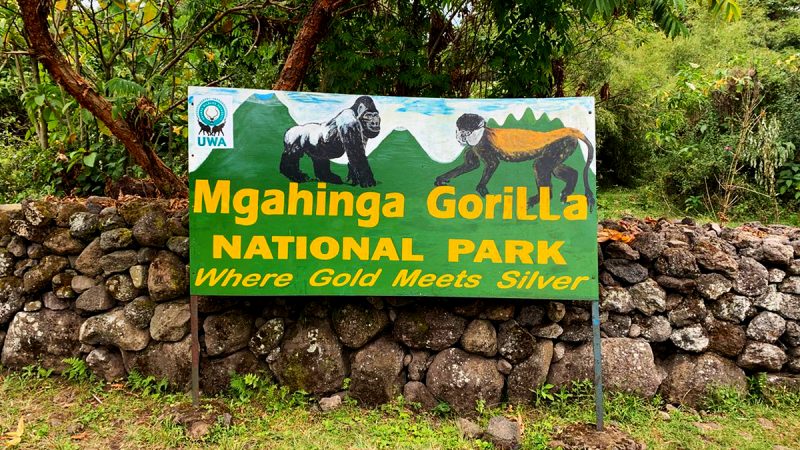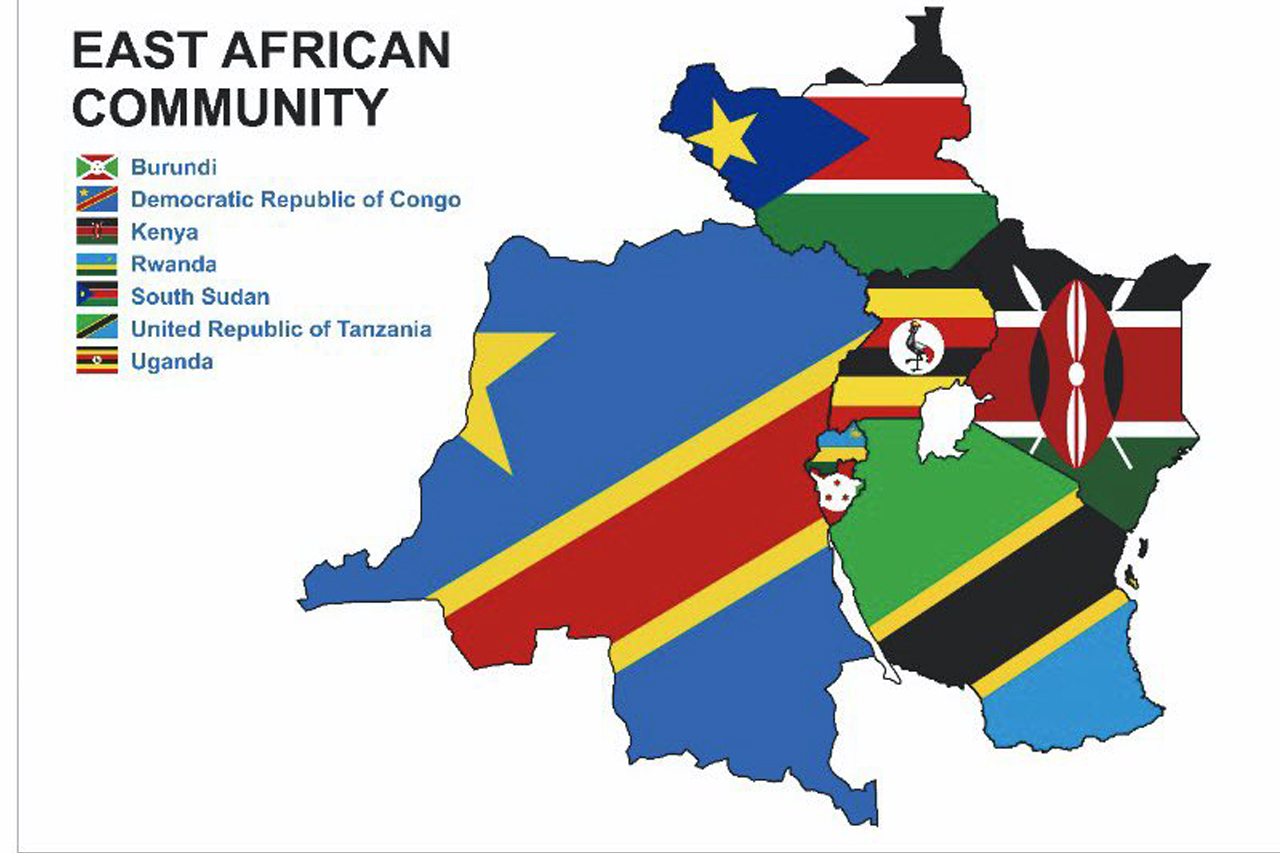East Africa comprises of a number of countries, all with diverse people, customs, culture, and traditions. These East African countries includes Kenya, Uganda, Tanzania, Rwanda, Burundi, South Sudan and Democratic Republic of Congo (DRC) the recently joined new member. These countries are also members of the East African Community (EAC) and among the African Great Lakes region.
Kenya, Tanzania and Uganda founded the East African Community (EAC) in 2000, and were joined by Burundi and Rwanda in 2007, South Sudan in April 2016 and recently the Democratic Republic of Congo (DRC) on 8th/April/2022. The member states agreed on the establishment of a common market for goods, services, capital and labour as well as a monetary and political union in the medium term.
Some parts of East Africa have been renowned for their concentrations of wild animals, such as the “big five”: the elephant, buffalo, lion, black rhinoceros, and leopard, though populations have been declining under increased stress in recent times, particularly those of the rhino and elephant.
The geography of East Africa is often stunning and scenic. Shaped by global plate tectonic forces that have created the East African Rift, East Africa is the site of Mount Kilimanjaro and Mount Kenya, the two tallest peaks in Africa. It also includes the world’s second largest freshwater lake, Lake Victoria, and the world’s second deepest lake, Lake Tanganyika.
Kenya
Nairobi is the capital city of Kenya. With an area of 696 km² and a population of over 3 millions, Kenya’s capital boasts as the only capital city in the world to have a national park. The Nairobi National Park is truly the world’s wildlife capital. Sitting on an area of 117 sq. Km, the park is the habitat of animals like giraffes, lions, zebras, baboons, leopards, cheetahs and others. The park is also an ideal location for events like bush dinners, family parties, and film production. Being a few minutes’ drive from Nairobi’s Central Business District, the park is a good spot when you want to escape the hustle and bustle of the city.
Uganda
Agriculture is the backbone of the Ugandan economy. The country exports coffee, maize, tea, fish, flowers, cotton and other agricultural products. Uganda’s capital, Kampala, has an area of 189 km² and is the most populous town in the country. Matoke is a famous dish in the East Africa nation, and visitors immensely enjoy the meal every time they visit the country. Uganda is also known as the ‘Pearl of Africa” because of its magnificent beauty. Even with the increase of automobiles, you wouldn’t be surprised to find people using bicycles as a mode of transport in major cities and towns like Kampala, Jinja, Entebbe, and Mbale.
Tanzania
Universally known for the Serengeti National park and the wildebeest migration, Tanzania is home to about 56 million people. Mt, Kilimanjaro, with an elevation of 5,895m and the highest mountain in Africa, is found in Tanzania. Up until 1974, Dar es Salaam used to be the country’s capital. This was changed after a referendum, as the government wanted a more central location for administrative duties. The country’s current capital is Dodoma.
Rwanda
Since the independence of east African countries, this landlocked country that was known of the deadly 1994 genocide has improved its international image and general outlook. Kigali is the capital, and it has a population of about 1 million. Kigali is one of the cleanest and most beautiful cities in the world. The country’s banning of non-biodegradable plastic in 2008 is one of the many factors that make the city clean. Rwanda has 23 lakes and 3 national parks. The mountainous Rwandan terrain is what earned the country “Land of a thousand hills” title.
Burundi
Bujumbura is Burundi’s capital. With over half a million population and an area of 86.52 km², the country’s capital is the main port on Lake Tanganyika. Like Rwanda, Burundi has sometimes counted a central African country. When in Burundi, you can visit the Livingstone- Stanley monument, the Rusizi national park, Kibira National park, and other scenic areas in the small East African country. A visitor will also have a good time interacting with the locals, learning the rich culture and sampling the country’s delicious cuisine.
South Sudan
South Sudan seceded from the bigger Sudan back in 2011. The political and economic conflict and constant civil wars caused the separation. Technically, South Sudan is Africa’s youngest country. A peace deal was signed after a referendum, and the South Sudanese people became independent from that time. The capital of South Sudan is Juba, with an area of 52 km². The total population of South Sudanese people is slightly more than 12 million. The currency used in the country the South Sudanese pound.
Democratic Republic of Congo (DRC)
Democratic Republic of the Congo (DRC) recently joined the East African Community (EAC) after formally signing the Treaty of the Accession of the DRC into the EAC on 8th/April/2022 in Nairobi Kenya.
The Democratic Republic of the Congo, informally Congo-Kinshasa, DR Congo, the DRC, the DROC, or the Congo, and formerly and also colloquially Zaire, is a country in Central Africa. It is, by area, the second largest country in Africa, and the 11th-largest in the world.
List of East African countries and their capitals
- Uganda – Kampala
- Kenya – Nairobi
- Tanzania – Dodoma
- Rwanda – Kigali
- Burundi – Bujumbura
- South Sudan – Juba
- Democratic Republic of Congo – Kinshasa



